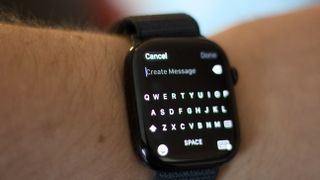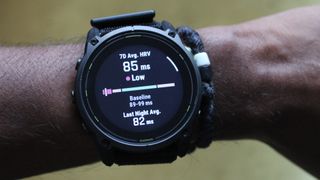
The wrist-worn wearables market is projected to have grow by 8.7% in 2024, achieving 213 million shipments, according to new research by Futuresource Consulting. Smartwatches and sports watches have been the main growth drivers with their retail value expected to increase 11 per cent, generating revenues of nearly A$79.
94 billion. Smartwatch shipments worldwide are projected to reach 90 million units this year, an increase of 14 per cent. Futurescore says that the segment has seen a resurgence in replacement sales, with consumers opting to upgrade their devices.

As competition heats up in this space, it says that Apple’s market share has decreased more than eight percentage points, with Samsung and Huawei now gaining ground. “Smartwatches are now developing health-related capabilities that go beyond simple notifications,” says Arian Bassari, Lead Analyst at Futuresource Consulting. “We’re seeing the key brands focusing their efforts on advanced heart monitoring and sleep apnoea detection, leaning hard into sophisticated AI models and robust algorithms to provide more accurate health insights.
” The sports watches segment is also experiencing notable growth, with shipments forecast to reach 65 million units by the end of this year to achieve 14 per cent growth. The premium segment, led by brands like Garmin, Polar, and Suunto, is focusing on developing health features for both casual users and professional athletes. Conversely, its research indicates that activity trackers are projected to see a decline, with shipments expected to drop by 13 per cent worldwide.
Xiaomi is projected to be the brand leader, followed by Huawei and Fitbit. The market for kids’ watches meanwhile is expected to grow by 4.4 per cent in 2024, with shipments reaching 26 million units.
China remains the largest market, accounting for 77.4 per cent of global shipments. This space is dominated by Chinese vendors, with BBK, 360 Mobile and Huawei leading this segment.
Elderly watches are expected to see significant growth, with shipments projected to reach 3.1 million units this year, growing 57 per cent year-on-year. Major telecom companies are collaborating with brands to raise awareness about the benefits of watches for elderly people, highlighting features such as smart fall detection and continuous health monitoring.
Futuresource forecasts the wearables market to reach A$112.86 billion by 2028. “Wearables are no longer just lifestyle gadgets.
They’re becoming essential tools for healthier living,” says Bassari. “It’s inspiring to see how these devices are breaking barriers, making health and fitness monitoring accessible, and empowering people to take charge of their well-being.” Separate research has indicated that the shipment of wearable devices – not just wrist-bound, but even rings, for example – is expected to hit 537.
9 million units this year, or about one for every 16 people on the planet. If those predictions from International Data Corporation’s (IDC) Worldwide Quarterly Wearable Device Tracker are on target, it would represent annual growth of 6.1 per cent.
.















